Figures & data
Figure 1. Schematic procedure of synthesis of silver and gold nanoparticles using Euphrasia officinalis leaf extract.
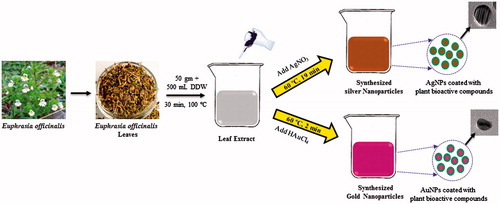
Figure 3. Elemental mapping and EDX spectrum of silver nanoparticles (a) and gold nanoparticles (b).
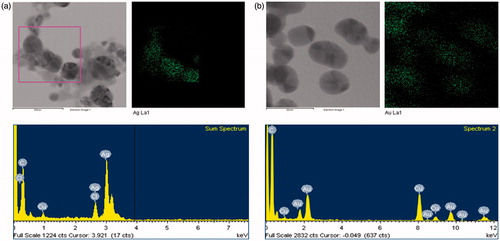
Figure 6. FTIR spectra of Euphrasia officinalis leaf extract, silver nanoparticles and gold nanoparticles.
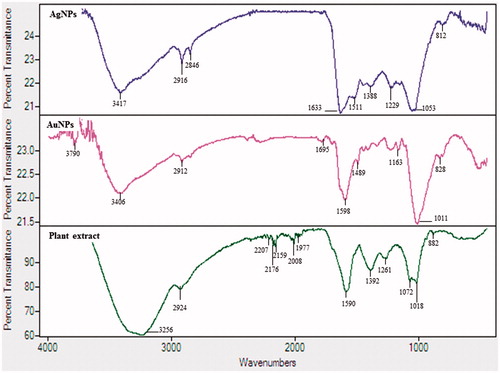
Figure 7. Cytotoxic effect of silver nanoparticles (a) and gold nanoparticles (b) against RAW 264.7 macrophages cell line, A549 lung cancer cell line and HeLa cervical cancer cell lines, respectively.

Figure 8. Zones of inhibition against Pseudomonas aeruginosa [KACC 14021], Escherichia coli [CCARM 0237], Vibrio parahaemolyticus [KACC 15069] and Staphylococcus aureus [KCTC 3881], respectively.
![Figure 8. Zones of inhibition against Pseudomonas aeruginosa [KACC 14021], Escherichia coli [CCARM 0237], Vibrio parahaemolyticus [KACC 15069] and Staphylococcus aureus [KCTC 3881], respectively.](/cms/asset/50b483cd-69f7-4370-80c1-08d6e9f9308b/ianb_a_1362417_f0008_c.jpg)
Table 1. Antimicrobial activity of the AgNPs synthesized from Euphrasia officinalis leaf extract.


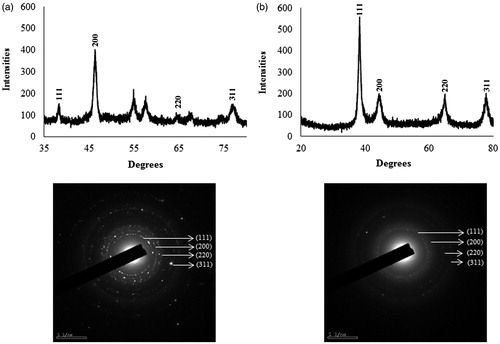
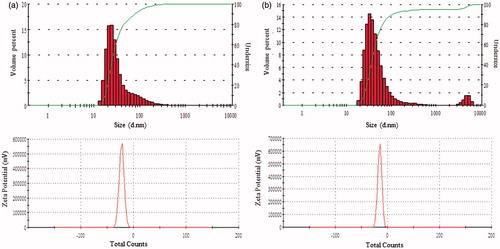
![Figure 9. Biofilm inhibition activity of silver nanoparticles against Staphylococcus aureus [KCTC 3881] and Pseudomonas aeruginosa [KACC 14021].](/cms/asset/c60ce06e-5eb3-4d75-90ef-accfed0c68a4/ianb_a_1362417_f0009_c.jpg)